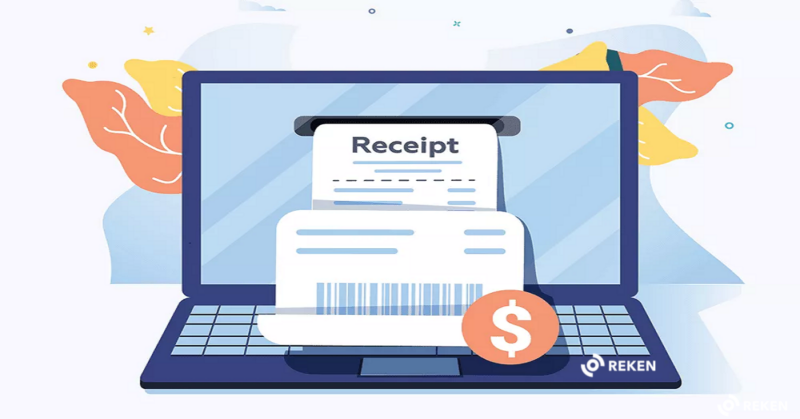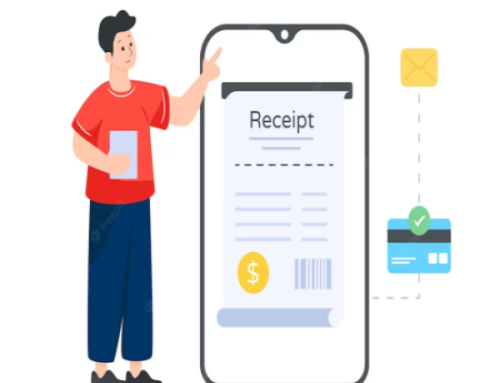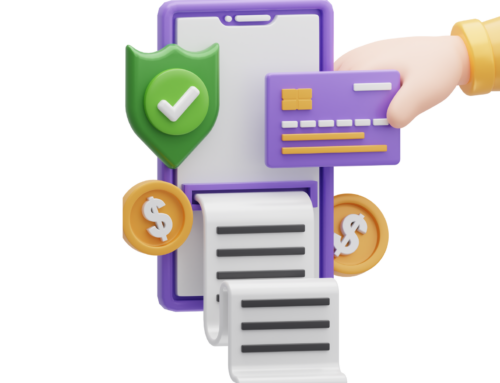Even though digital commerce moves at the speed of light, the Digital Receipts we get for all the things we buy are often not very good. There are still many problems when it comes to figuring out what we bought, when, where, and from whom.
In an interview with PYMNTS, Lee Kennedy, vice president of product management at Ethoca, said that merchants, issuers, and other players in the payments industry can work together to improve the customer experience and build trust. How? By using digital banking apps to give clear and transparent information about transactions to customers, confusion caused by unclear details about purchases and merchants can be avoided.
Kennedy said that Mastercard research shows that almost 80% of the people surveyed have trouble recognizing transactions on their online bank statements. And since at least 18 percent of online shoppers are said to be first-time buyers, the lack of transactional clarity and the fact that they are new to e-Commerce can lead to a less-than-satisfying online experience and negative feelings about a merchant’s brand.
Kennedy also said that confusion about a transaction can lead to unneeded disputes and chargebacks, which can take time and cost both merchants and card issuers money. He said that detailed information about the merchant and the purchases on the bills could help solve these problems.
Kennedy said that, at a high level, “there is friction built into digital commerce that doesn’t exist when shopping in person.” When you pay online instead of at a cash register, the checkout process is more complicated. There may not be a clear name for the merchant on the statement, and there may be payment processors or other middlemen. It’s easy for consumers to think that something they don’t understand is a sign of fraud.
Kennedy said that the dispute process is not easy to understand and doesn’t give customers a great experience, even if the problem is solved. “Both marketing and online transactions lose consumers’ trust,” he warned.
Businesses need to understand that digital transformation is not a one-time event, but a process that goes on over time. Kennedy said that making transactions clearer means investing in technologies that can be scaled up quickly. This helps businesses stay current and gives customers easy-to-understand experiences in a market that changes quickly.
How important trust is
Customers can find out what happened in a transaction from the merchants. This information includes things like the location, tax and shipping charge information, and more. By working with issuers, they can clear up confusion about purchases quickly and easily, preventing many of the bad things that could happen later. Why do issuers exist? Because they are trusted and have a “centralised” position in the business world. He also said that many consumers are worried about the risks that digital channels might pose.
“People put their faith in banks. Kennedy argues that no business can establish the same level of trust with each of its clients regarding privacy and security. But, as the sentence continues, “they have already entrusted the FI with their dollars and data.”
In this situation, banks have a unique chance to work with merchants to make sure customers don’t get confused about their transactions. This will help merchants build a stronger relationship with the customer.
Kennedy told PYMNTS that preventing disputes can make the e Commerce ecosystem less painful, and that giving more detailed information on the statements, or going beyond “the traditional bank statement,” is an opportunity to improve customer service. “Digital experience is one reason consumers should choose issuer over another,” he said.
Kennedy said that working together to make it easy for information to flow through the ecosystem has many positive effects. He stated that merchants are beginning to realize that they can collaborate with card issuers. “And by combining data from the issuer and the merchant, the merchant can give their customer a better experience. It makes their business properties more valuable.”
Putting clear information about the merchant and the purchase, as well as digital receipts, in a safe, central location gives businesses “great opportunities” to improve customer experience and engagement. Digital receipts are more than just putting paper receipts into an electronic format. They aren’t just email attachments that get lost in the inbox of the recipient. How will digital receipts change in the next few years? It could have instructions, promotions, or loyalty programs built into it to get people more interested in it.
“The digital receipt becomes a window into the engagement with that business and everything associated with that purchase,” Kennedy said. “There are numerous new ways to communicate with customers, all of which bring value not only for merchants but also for issuers, which is beneficial for maintaining client relationships.”
Read More: Why It Is Important to Track Your Digital Receipts
Stay Connected!








